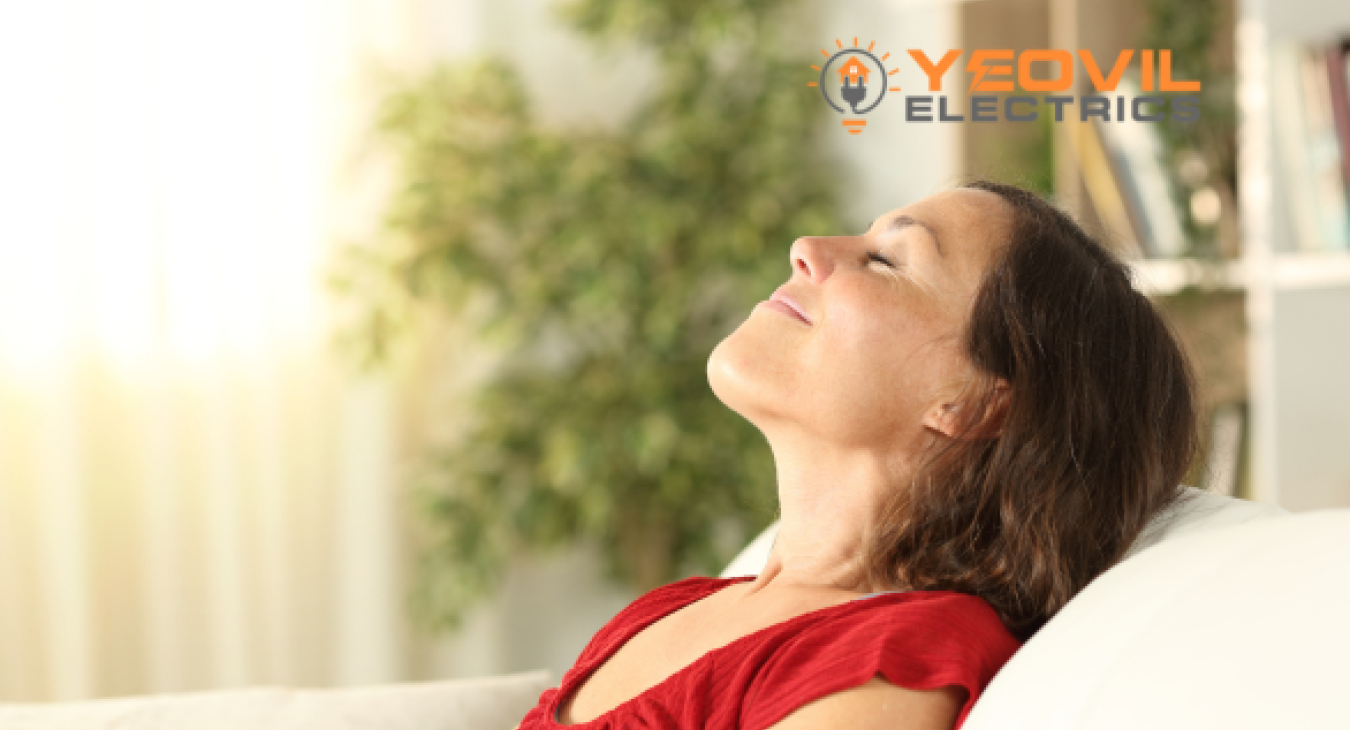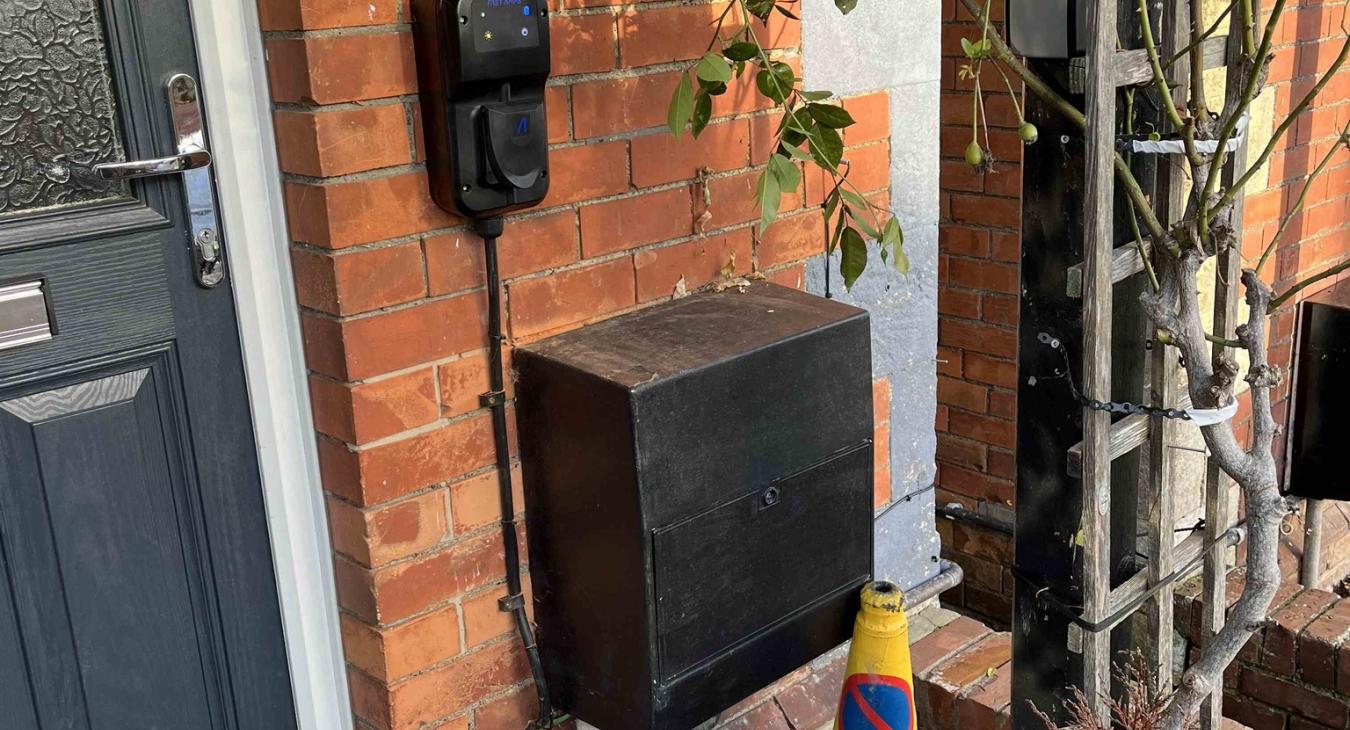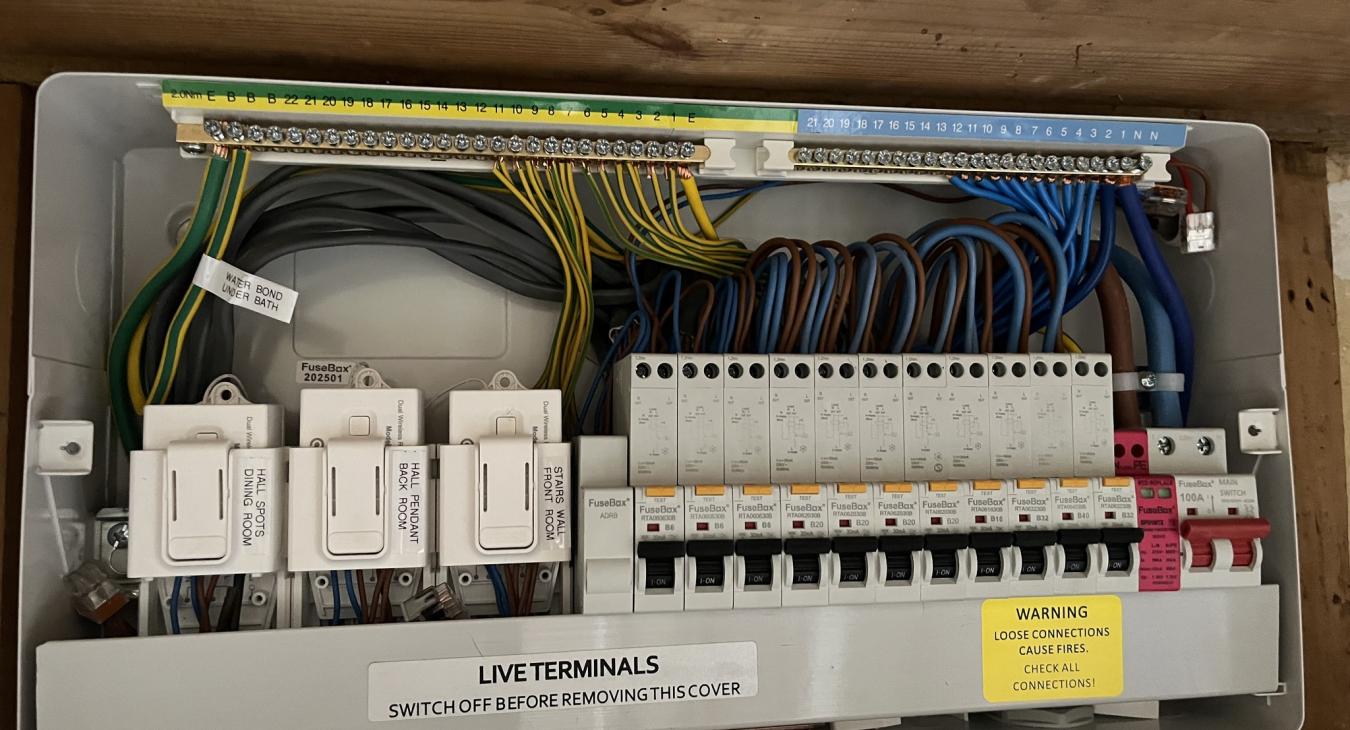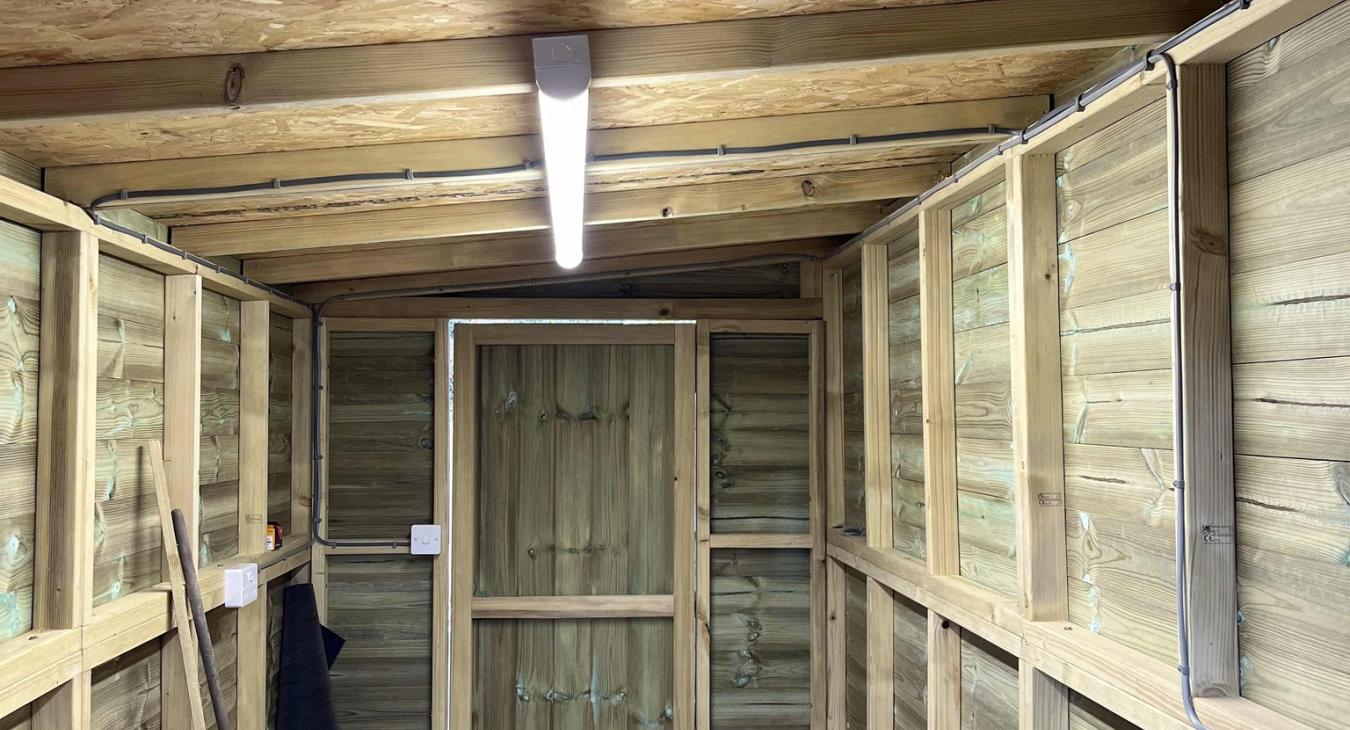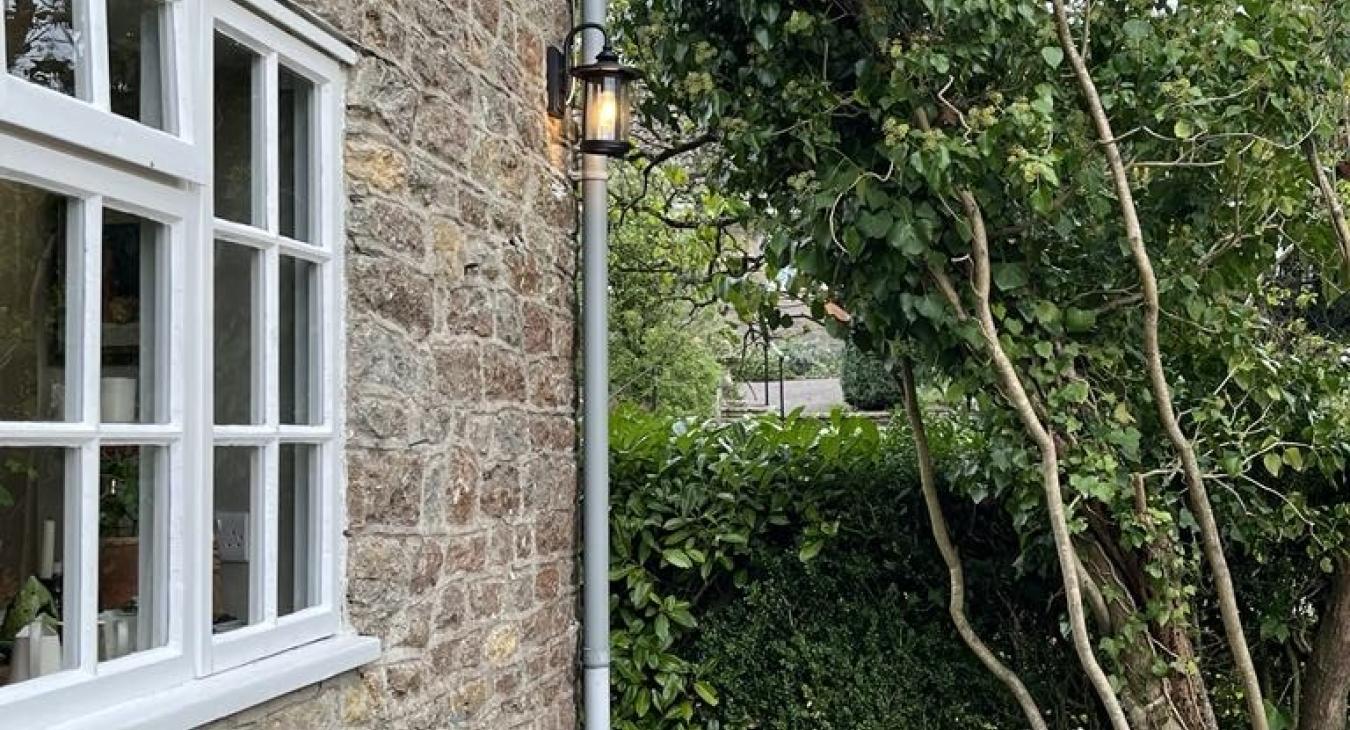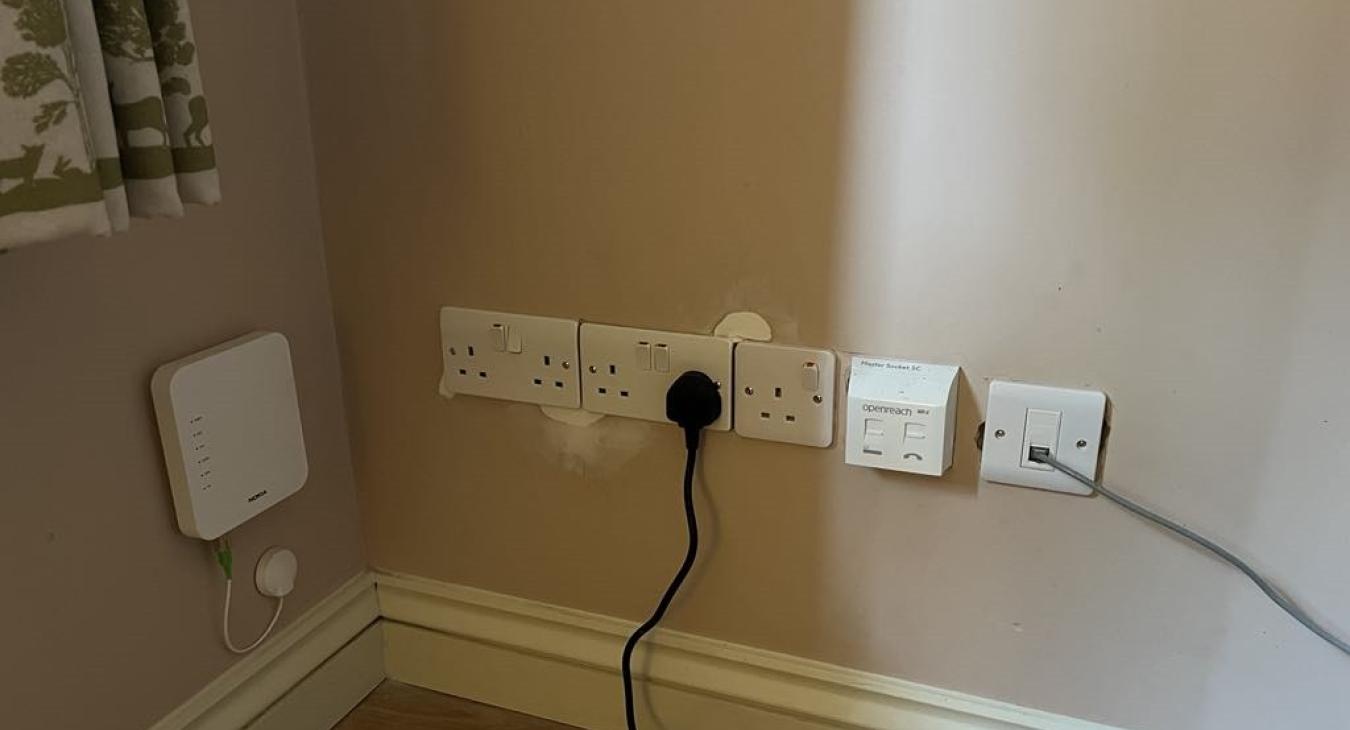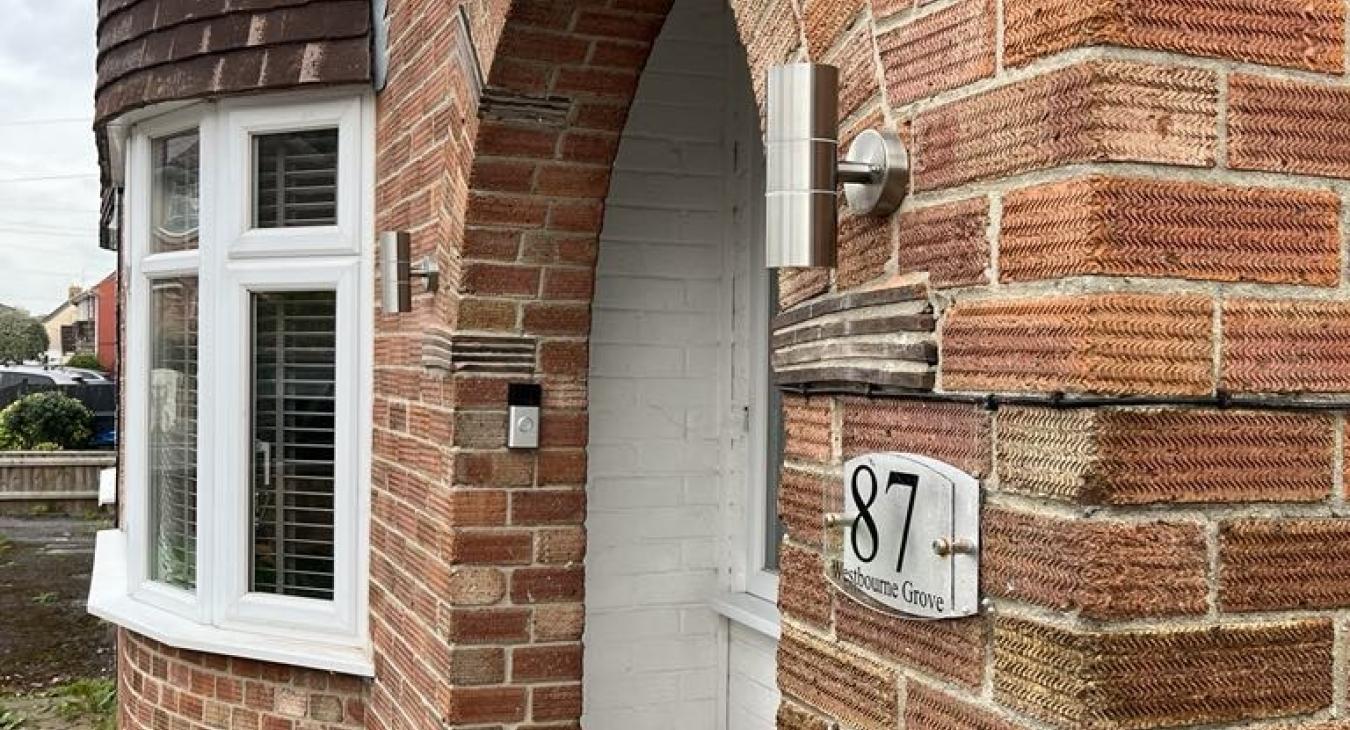Very professional work at reasonable cost!
If you're a homeowner in Crewkerne battling with issues like condensation, damp, or mould, installing a Positive Input Ventilation (PIV) system could be the solution you need.
PIV systems are designed to enhance indoor air quality by introducing a continuous flow of fresh, filtered air into your home, effectively displacing stale and humid air. This guide delves into the technical aspects of PIV installation, providing you with a comprehensive understanding of the process.
What Is Positive Input Ventilation?
A PIV system operates by drawing fresh air from outside, filtering it through high-efficiency filters, and then distributing it throughout the home. The system creates a slight positive pressure inside the property, which forces out stale air through natural leakage points such as vents, gaps around windows and doors, and other openings. This process helps to reduce humidity levels, preventing the formation of condensation and the growth of mould .
Key components of a PIV System:
- PIV Unit: Typically installed in the loft space, the PIV unit houses the fan and filtration system. It's connected to the external environment via ducting, allowing it to draw in fresh air.
- Filters: The air is passed through filters to remove dust, pollen, and other particulates. This ensures that ONLY clean air is introduced into your home.
- Ducting: Flexible or rigid ducting flows the filtered air from the unit into a central location within the home, usually a hallway or landing area.
- Diffuser: Installed in the ceiling, the diffuser evenly distributes the fresh air into each living space.
Installing a PIV unit
Here at Yeovil Electrics we'll conduct a thorough assessment of your property to determine the optimal location for the PIV unit. Factors such as loft accessibility, proximity to external walls, and the layout of your home are considered to ensure efficient airflow. The PIV unit is securely mounted in the loft space. If a loft is unavailable, wall-mounted units can be installed, though this may require additional work to create an external vent. Ducting is routed from the PIV unit to the chosen diffuser location. The diffuser is installed in the ceiling, ensuring that the fresh air is evenly distributed throughout the home. The PIV unit is connected to the mains electricity supply. It's crucial that this step is carried out by a qualified electrician to comply with safety regulations. Once installed, the system is tested to ensure proper operation.
Benefits of installing a PIV unit
Installing a PIV unit is hugely beneficial - especially if you live in an area with poor air qualoty or you're someone who suffers from every day allergens. With a PIV unit you can benefit from:
- Improved indoor air quality: Continuous ventilation reduces the concentration of indoor pollutants, leading to a healthier living environment.
- Damp and mould prevention: By maintaining optimal humidity levels, PIV systems help prevent the conditions that lead to damp and mould growth.
- Energy efficiency: Modern PIV systems are designed to be energy-efficient, consuming minimal electricity while providing continuous ventilation.
- Low maintenance: With minimal moving parts and durable components, PIV systems require little maintenance beyond periodic filter replacement.
Installing a Positive Input Ventilation system is a proactive step towards improving the air quality and comfort of your home in Crewkerne. For more information on PIV systems and if it’s the right choice for you, contact Yeovil Electrics today.

